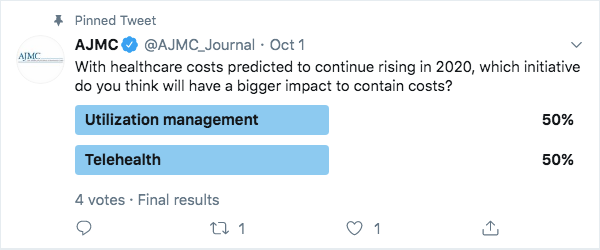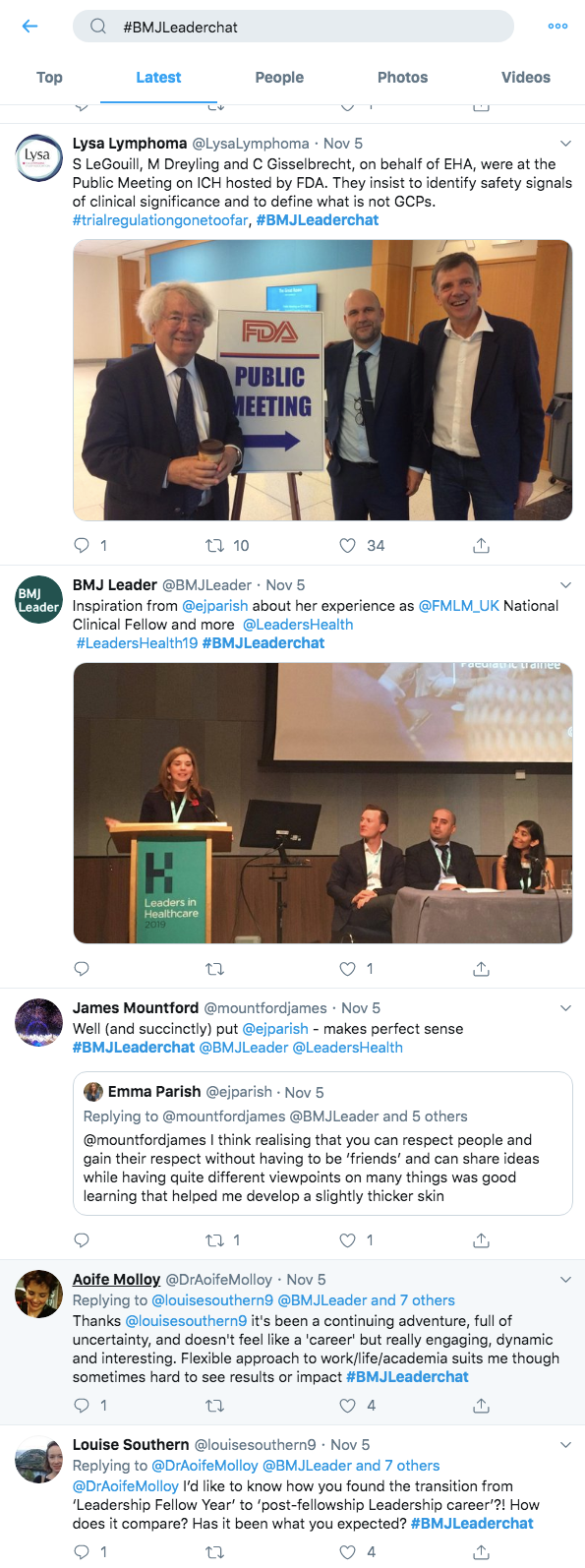
Social media is a great, low-budget way to grow your journal’s reach and readership. However, very few resources exist that can guide publishers and editors on ways to use this marketing channel effectively for their journals. This is why we’ve created this exhaustive blog post with examples and tips on how to use the four major social media platforms most effectively — Twitter, Facebook, Instagram, and LinkedIn. For more insight you can also checkout this article on promotion of scientific journals as online media which focuses on promotion of online scientific journals on the Internet as fully fledged Internet media.
I. SOME GENERAL ADVICE
Before we delve deep into each channel, I want to present a few pointers that are common across all four platforms:
1. Go beyond your own journal content
A lot of journals that start using social media for marketing don’t see much traction and one of the reasons is that they tend to concentrate only on the content they create.
See this example from the Journal of Asian Studies twitter account (@jas_tw). They have a mix of tweets and retweets from different sources and fairly good engagement.

2. Learn and use hashtags
Hashtags are a feature all networks share and these are an easy, effective way to increase reach. Use multiple, relevant hashtags with every post to increase reach. This is how they work: How to use hashtags in social media.

3. Build complete profiles
This is critical across networks. Add cover images, profile pictures, complete bios that give people an idea of what your journal is about, website links, location data (particularly if your journal is targeted at certain geography), etc.

II. PROMOTE YOUR JOURNAL ON TWITTER
Read this guide first if you are just getting started on Twitter: How To Use Twitter: Critical Tips For New Users.
1. Pinned Tweet
If there is a specific journal article or link (for instance, call for submissions) you are looking to promote, you can tweet it out and then pin it so it always shows up as the first tweet anyone visiting your profile sees.

2. Twitter Chat
Hosting a Twitter chat is an interesting way to build engagement on your account and improve your visibility. Read this blog for a detailed guide on hosting Twitter chats.

3. Growing your Network
Publishing good content, having a complete profile, and using hashtags all lay the foundation for building a valuable Twitter network. You can also get a headstart by seeking out your target audience from competitor accounts and following them first. Read this blog for more ways to get Twitter followers: 8 Steps to Get More Twitter Followers.
III. PROMOTE YOUR JOURNAL ON FACEBOOK
If you do not have a basic understanding of how Facebook works for businesses, check this link: Facebook Marketing: The Ultimate Guide to Facebook for Business.
1. Customize CTA
When you fill in your profile details on Facebook, it gives you an option to customize the CTA or call to action button. You can use the CTA button to direct the users to your website, or to a specific link or form, or to the message box if your primary goal is to get them to contact you.

2. Types of Posts
Don’t just restrict yourself to text and link sharing on your Facebook page. You can post videos, hold polls, create contests, organize events, and more on Facebook. Explore all possibilities to see what gets you the most engagement.

3. Groups
Groups are a feature common to Facebook and LinkedIn — imagine these as online hangout places for people with similar interests. Find groups by searching for keywords relevant to your journal in the search box.
For example, this hematology interest group which has over 50K members:

…would be great for this hematology journal to join and engage with:

4. Advertise
It is common news that Facebook reduces organic reach for business pages. This means that when you post something on your Facebook page only a small percentage of people who follow your page will be able to see it. So, if you have an important post that you want more people to see, you could consider creating a Facebook ad. This post can help you get started: How to run Facebook ads.
IV. PROMOTE YOUR JOURNAL ON LINKEDIN
If you don’t know how LinkedIn works for personal accounts and/or business pages, read this link first: The Beginner’s Guide to LinkedIn Marketing
1. Ask employees to add the journal to their profile
Ask all employees to add the publisher/journal’s LinkedIn page to their work history. This is a great way for prospective authors to take a look through your team and gives them the confidence to go ahead and make a submission.
2. LinkedIn groups
These are similar to Facebook groups. However, activity in most LinkedIn groups is pretty dismal. You could try posting in these and if it doesn’t give you significant results, cut your losses early. For example, this LinkedIn group with almost 75K members could be great for a journal in the pharmaceutical domain if they manage to drive engagement there:

V. PROMOTE YOUR JOURNAL ON INSTAGRAM
Instagram is very different from the three networks above. It is almost entirely visual — so you need to have a good array of high-quality images and videos to create an impactful Instagram account. If you don’t know how Instagram works, read this: How to Use Instagram: A Beginner’s Guide.
1. Types of Posts
Since it is not as easy as pasting a link as it is on the other three networks, I wanted to give you some ideas on the kind of posts you could make on Instagram.
- Images of the team working
- Photos of the latest issue
- A small video of the last conference you attended
- A quick interview with your top author
- Profiles of your editorial team
- Images relevant to the articles in your latest issue
Nature does a great job with its social media. Here’s their Instagram timeline (see how visual it is with little to no text):

2. Caption
Use captions to talk more about the image. For example, if the image is about a story in one of your latest issues, feel free to summarize the story here or give a teaser.
Here’s another example from Nature to illustrate:

3. Stories
Unlike posts on your Instagram account, stories are time-bound. They show up at the top of all your follower’s feed for 24 hours. They are a great way to direct attention to time-bound announcements or drive users to view your latest posts.
Quick tip: We suggest you take a look at SciSpace discover if you're interested in simplifying research workflows. In a single portal, you can complete all your research writing tasks, including literature searches.

SciSpace provides researchers, universities, and publishers with all the tools they need. There are over 200 million research papers in our research repository across multiple disciplines with search engine optimized abstracts, a publicly visible profile that highlights your expertise, a specially designed collaborative text editor, 20,000+ journal templates, and much more.

Before you go
Social media, if done well, can help you generate a continuous stream of organic traffic, solicit more author submissions, increase dissemination and improve brand recall. Read all the different ways to increase your journal’s outreach in my previous blog posts: 10 Ways to Get More High-Quality Submissions for Your Academic Journal and How to Increase Journal Readership: The Complete Checklist.







